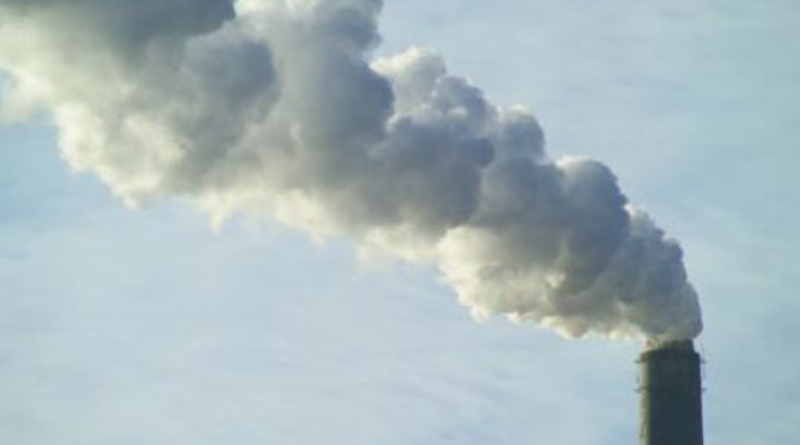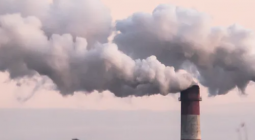Half of IPCC's 2018 Low - Carbon Scenarios Were Unrealistic, Researchers Conclude

A new study is warning that many of the “questionably optimistic” scenarios in the Intergovernmental Panel on Climate Change (IPCC)’s 2018 special report on 1.5°C pathways were unrealistic, and those that were feasible would require substantial changes to hit the 1.5°C target.
According to the study, only half of the IPCC scenarios “can be realistically achieved, and all require the world to take a wide array of very bold actions,” reports Eos.
The 2018 special report to the UN was produced to update countries on the impacts of global warming, and describe possible emissions pathways “in the context of strengthening the global response to the threat of climate change, sustainable development, and efforts to eradicate poverty.” The report contains 53 scenarios detailing how global leaders can achieve the 1.5°C limit on warming set by the 2015 Paris climate agreement.
But “the underlying assumptions which have been made in the report are not always realistic or feasible,” study co-author Daniela Jacob told Eos.
As the IPCC prepares to publish its next climate science assessment August 9, the new study in the journal Environmental Research Letters evaluates each of the 2018 report’s emissions pathways for their reliance on five mitigation levers: decarbonization of global systems, scaling up carbon dioxide removal (CDR) technologies, transformation of agriculture and land use practices, changing consumer behaviour, and reducing other greenhouse gases and “short-lived climate forcers” like methane and aerosols.
According to the study, 31 of the scenarios cannot be achieved at all, 22 are only feasible if all five levers are used at “challenging levels,” and none offers a fair chance of staying below 1.5°C by the end of the century with “reasonable use of the potential of mitigation levers.”
The study team concludes that there is no “silver bullet” option for addressing global warming. “We do not have the luxury to discard a few and just rely on the others,” co-author Elmar Kriegler told Eos.
What could make the Paris target more achievable would be the discovery of mitigation levers that have not yet been identified or accounted for. The researchers hope their analysis will be an incentive to examine the list of strategies to ensure it covers all “available realistic technologies, measures, and portfolios to reduce emissions.”
The 22 feasible scenarios, and the possible availability of other mitigation levers, suggest the Paris target might still be within reach. However, the study concludes, attaining that outcome “requires nothing less than deep societal and economic transformations that are aligned with the UN Sustainable Development Goals, and adaptation measures to cope with the impacts of even 1.5°C warming.”
August 2021
THE ENERGY MIX




